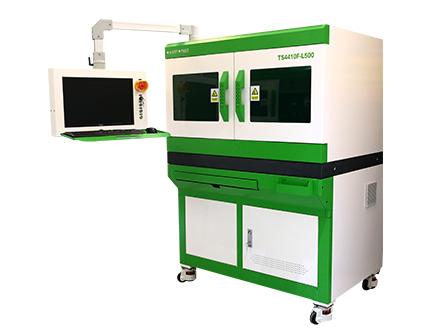Notifications

2 minutes, 21 seconds
-63 Views 0 Comments 0 Likes 0 Reviews

Precision in the electronics industry relies on high-quality resistors and advanced trimming technology. The Laser Trimming Machine is essential for adjusting resistor values with extreme accuracy. Various resistor types, including SMD Resistors, Metal Oxide Resistors, and Radial Resistors, serve specific applications in modern circuits. This article explores their functions, benefits, and how laser trimming enhances resistor performance.
A Laser Trimming Machine is used to fine-tune resistor values by selectively removing material, ensuring precise resistance levels. This is especially useful for SMD Resistors and high-precision components where minimal tolerance variations are required.
SMD Resistor (Surface Mount Device Resistor):
Compact and widely used in modern PCB designs.
Ideal for automated production due to its small size.
Works well with Laser Trimming Machines for precise adjustments.
Metal Oxide Resistor:
High stability and better temperature tolerance than carbon resistors.
Often used in power applications due to their durability.
Suitable for applications requiring higher heat resistance.
Radial Resistor:
Features long leads for through-hole mounting.
Commonly found in power supply circuits and industrial electronics.
Used in environments requiring strong mechanical support.
Using a Laser Trimming Machine for resistors offers several benefits:
✅ High Precision – Achieves tight tolerance control for electronic circuits.
✅ Non-Contact Process – Reduces stress on components, preventing damage.
✅ Automation Ready – Supports large-scale manufacturing efficiency.
✅ Versatile Application – Suitable for SMD Resistors, Metal Oxide Resistors, and Radial Resistors.
The combination of Laser Trimming Machines with SMD Resistors, Metal Oxide Resistors, and Radial Resistors plays a crucial role in modern electronics. By ensuring high accuracy and stability, laser trimming technology is essential for producing reliable electronic components.

